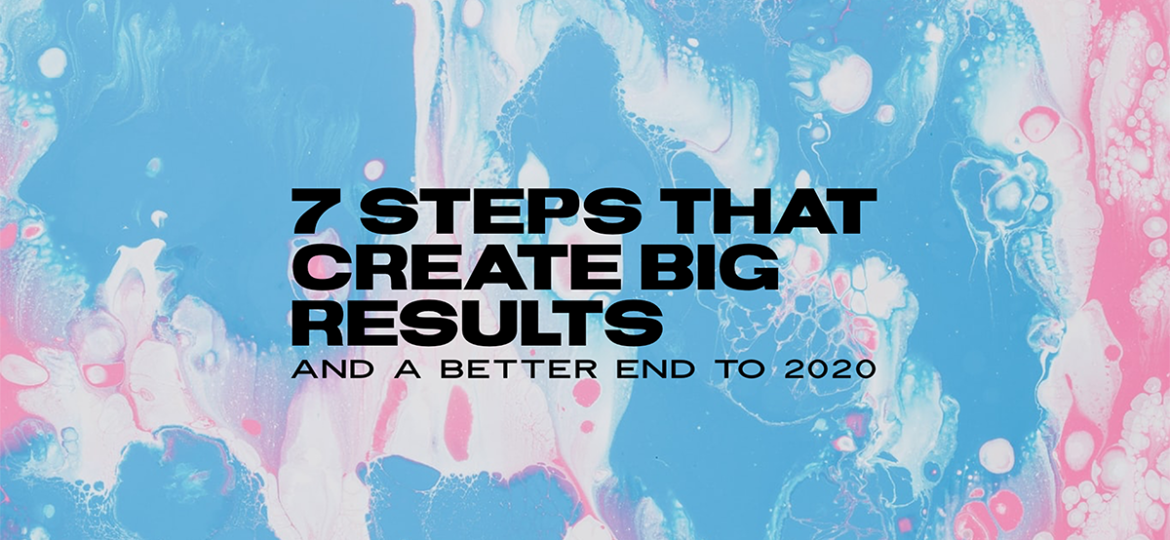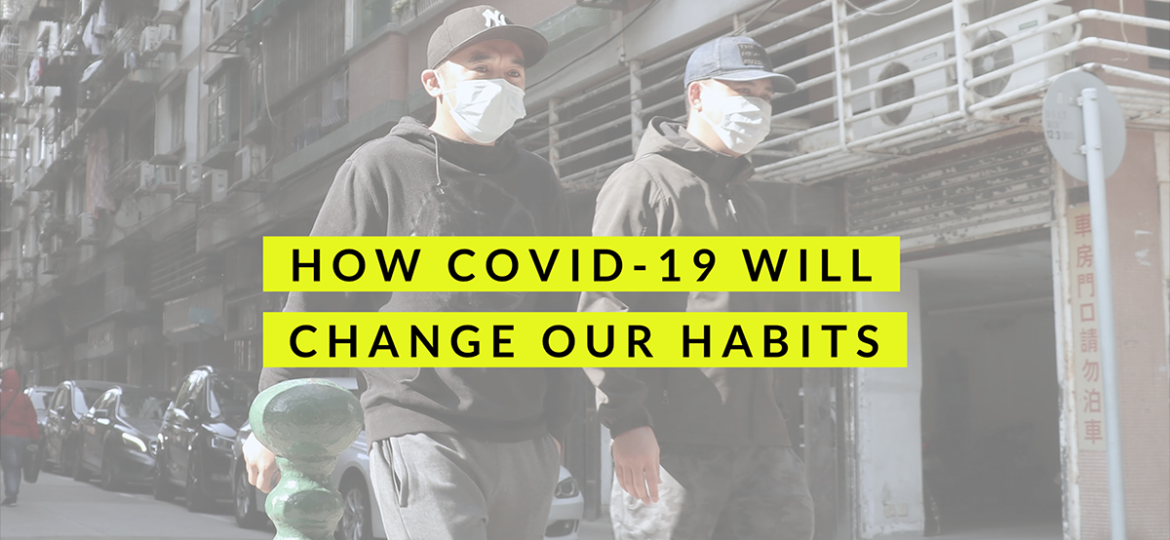The first half of the year wasn’t great. Make it your goal to have a better end to 2020 with 7 simple, realistic steps that have big results.
CONSUMER TRENDS
By Court Bishop CONSUMER TRENDS CREATIVITY STRATEGY
Media Garage Group explores what a post-coronavirus future may look like. Discover how COVID-19 will change our habits & how priorities may change for good.



